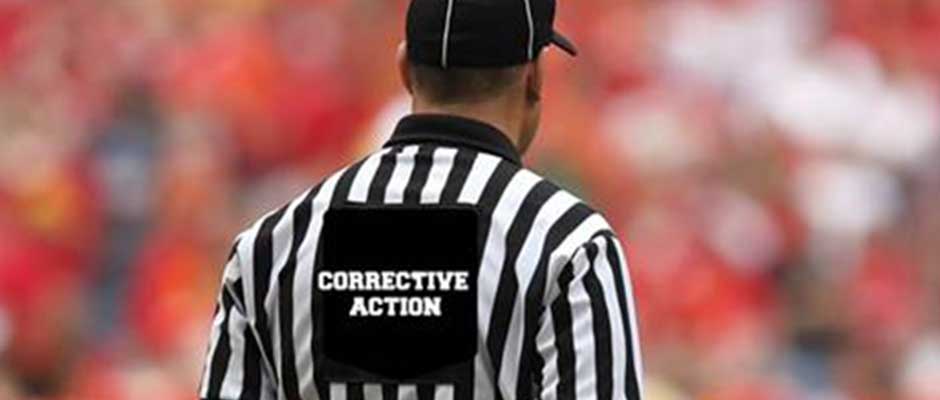
More Money in your Paychecks
February 8, 2018
Visa Payroll Card
March 19, 2018Learn from the experts when it comes to proper HR technique
Introduction: Team Leaders and Managers are often frustrated by difficulties with troublesome Team Members and the challenge of addressing behavioral issues. Given the personal and time-consuming nature of conflict management and resolution, Managers may feel reluctant to confront problem Team Members. Managers might ignore the Team Member’s behavior to the point that it becomes so unacceptable that they want to move directly to termination.
This series of articles on Performance Management will review the basics of progressive discipline and discusses various management approaches. The articles will address best practices and ways to minimize your company’s risk of liability as a result.
For Managers, the old adage “rules are made to be broken” may describe all too well the bane of their responsibilities as supervisors. Rule-breaking behavior in the workplace is a fact of life and taking corrective action to address such behavior is a key management responsibility—one that affects Team Member morale, overall productivity and bottom-line results. Companies that do not manage corrective action will face decreased productivity, increased turnover and the potential for legal claims and liability.
Behavior problems are almost always within the employee’s control. For example, employees make conscious decisions every day to be truthful or not, to follow rules and procedures or not, and to act respectfully and maturely or not. Management can do little beyond clearly stating its expectations and holding each employee accountable to those expectations, with known consequences for failing to meet them. As a result, misconduct and work rule violations should be addressed in a straightforward and direct manner, and their consequences should not be a surprise.
Basics of Corrective Action
 Whether you are a Manager or a Team Leader, you may have had this conversation or a similar conversation with one of Pinnacle’s Human Resources professionals:
Whether you are a Manager or a Team Leader, you may have had this conversation or a similar conversation with one of Pinnacle’s Human Resources professionals:
Manager: “I have a Stylist that I need to terminate, today. She is disruptive to the rest of the team, she gossips and her no one likes her. I am afraid that if I don’t terminate her now, I am going to lose other Team Members.”
HR: “Has she received any progressive discipline prior to today, such as a written warning (counseling statement)?”
Regardless of how you answer that question, it is important to understand why Pinnacle’s Human Resources Team would ask that question. When managing disciplinary issues and corrective action, there are two fundamental principles to keep in mind: 1) Employees deserve to know and understand what is expected of them in terms of conduct and behavior; and 2) in most situations, offending employees are entitled to a warning about unacceptable behavior and the opportunity to change their behavior through corrective action. Corrective action may take the form of verbal counseling, written warning, or termination of employment. For offenses that do not justify immediate termination, discipline usually is administered in progressive steps.
When employee behavior violates stated workplace rules of conduct or otherwise does not meet minimum on-the-job conduct expectations, the resulting corrective action process should entail:
- A clear statement describing the employee’s behavior deficiency, citing specific instances wherever possible.
- A restatement of the minimum expectations or requirements with regard to the area of deficiency.
- The consequences of failing to meet these requirements or future related behavioral deficiencies, including further disciplinary action up to and including termination.
Corrective action, whether informal or formal, must be well documented, and the documentation retained as part of the employee’s personnel records. In the event the steps include a written warning or final written warning, management should prepare a standardized notice that the employee signs, acknowledging that she or he understands the contents of the discussion, the expectations for future conduct, and the consequences for failure to comply.
In our next article, we will be discussing the steps of a typical progressive discipline process.
For more information regarding performance management, please contact Pinnacle’s Human Resources department at HR@pinnaclpeo.com
- Please take a moment to read our Exploring Social Media to Recruit Potential Team Members and More Money in your Paychecks feature articles, these blog articles are a great source of information.
- All our Blogs can be viewed here.


